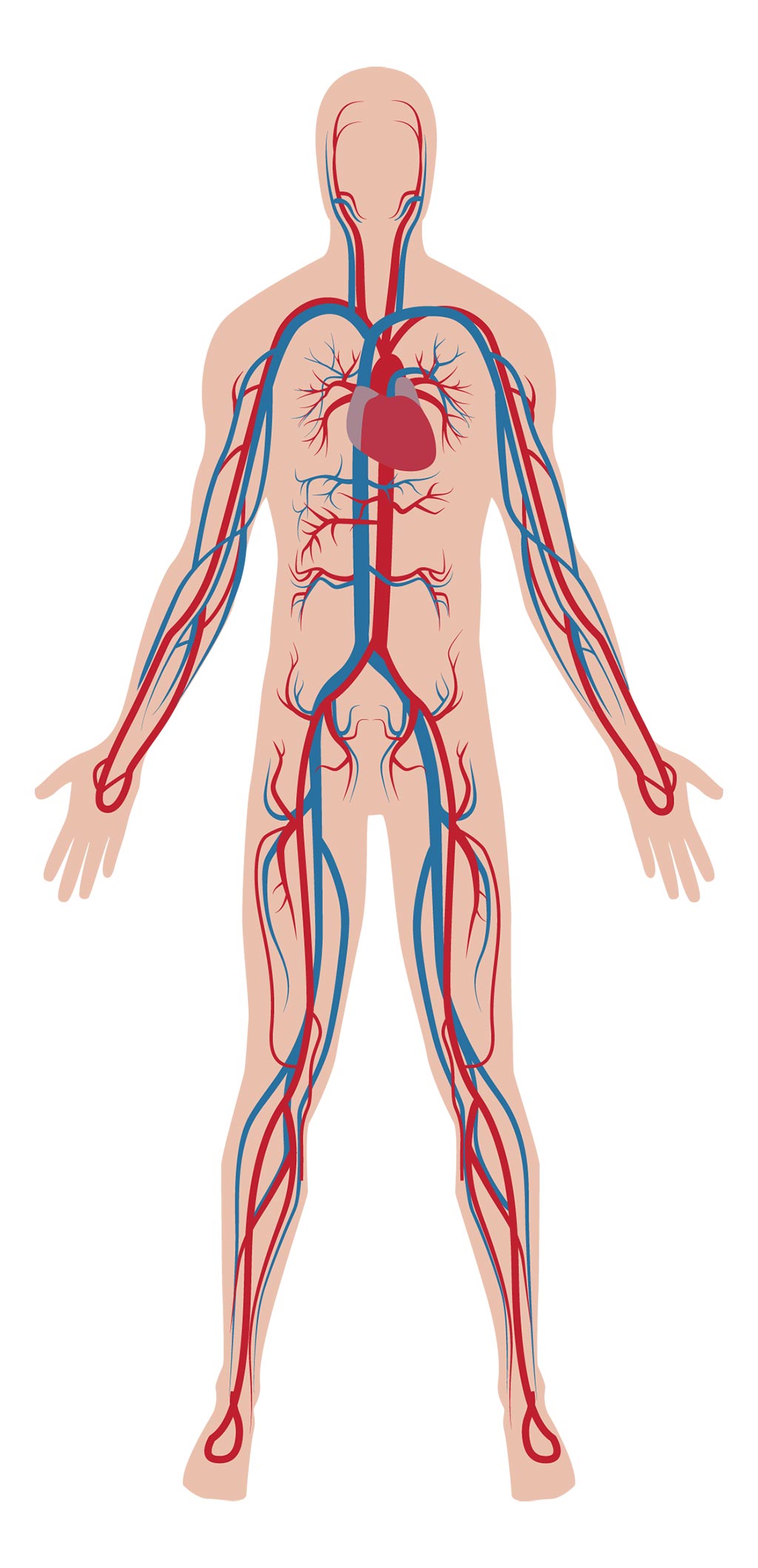Metabolic syndrome
This fact sheet is for people who have had a blood and marrow transplant (BMT).
BMT patients may experience health complications in the months or years following the transplant. Long-term follow up has an important role in the early detection of any health issues.
This fact sheet has general information about ways to look after your health. If you have specific concerns, speak to your BMT team or your doctor for further information and advice.
What is metabolic syndrome?
Metabolic syndrome is a term used to describe a group of risk factors that increase the likelihood of developing heart disease, diabetes and stroke. These risk factors are:
- obesity (particularly around the waist)
- high cholesterol (high low-density lipoproteins (LDL) and low high-density lipoprotein (HDL) cholesterol)
- high triglycerides
- type 2 diabetes or insulin resistance (increased blood sugar after fasting)
- high blood pressure..
Metabolic syndrome is diagnosed in people who have at least three of these risk factors.
What causes metabolic syndrome?

Generally, lifestyle and genetic factors can cause metabolic syndrome. But metabolic syndrome can also be caused by some illnesses and treatments. Metabolic syndrome is particularly common after a BMT as a result of the effects of chemotherapy, radiotherapy, BMT medications and graft versus host disease (GvHD).
What are the symptoms of metabolic syndrome?
Symptoms are uncommon. You may, however, notice that you have gained weight, particularly around the waist, and if you have a high blood sugar you may notice increased thirst and urination, fatigue and blurred vision.
What are ways to prevent or manage metabolic syndrome?
The most important and effective way to prevent and manage metabolic syndrome is to lead a healthy lifestyle.
- Maintaining a healthy weight.
- Eating a healthy diet.
- Do regular exercise. Exercise 30-60 minutes on most days (check with your doctor before starting).
- Do not smoke.
- Reduce stress.
How is metabolic syndrome treated?
Treatment is individualised to address a person’s specific risk factors. High blood pressure is generally managed by weight loss, blood pressure medications (antihypertensives), regular exercise and a diet low in salt. High cholesterol is generally managed with dietary changes, weight loss and medications (most commonly one of a group of drugs called statins). Diabetes or insulin resistance is generally managed with diet, exercise and weight loss.
Talk to your BMT team about what treatment you need and whether you need referral to a dietician, exercise physiologist or endocrinologist.
Where can I find further information?
- Harris MF. The metabolic syndrome. Aust Fam Physician. 2013 Aug;42(8):524-7. PMID: 23971058. https://www.racgp.org.au/afp
- Health Direct. Metabolic syndrome. healthdirect.gov.au